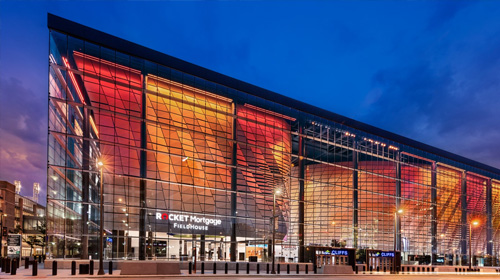District of Mission
Networking Made Easy Through Single Pane of Glass

District of Mission, located in Canada’s British Columbia (BC), is known for its colorful history and breathtaking vistas. The town is scenically situated in a pristine forest on a mountain slope. It overlooks the lush valley of the Fraser River. But there’s a busy group of dedicated municipal managers, administrators and employees that tend to the natural resources, recreation and commerce of this idyllic town.
The second largest employer is the municipality itself. Just under 500 employees work in about 10 departments, including Fire Rescue, Forestry, Parks, Recreation and Culture, and Engineering & Public Works.
Another vendor’s products formerly provided both wireless and wired equipment in the four primary municipal buildings. “We had a single vendor solution, but it felt more like managing two different vendors—the wired and wireless sides,” says Shaun Greene, Technical Services Supervisor.
Requirements
- Managing the wired and wireless infrastructure was extremely labor-intensive
- The network was too expensive, from operational overhead to maintenance agreements
- Security was difficult to administer, whether onboarding or deleting users
- IS felt stuck with static technology that wouldn’t support growing Wi-Fi needs
- Complete indoor/outdoor solution managed from a single control point
Solutions
- 15 access points (APs)
- 13 ICX Switches
- Deployed the RUCKUS® SmartZone controller
- RUCKUS Cloudpath
Benefits
- SmartZone provides a single pane-of-glass view of the wired and wireless network
- RUCKUS was more affordable and requires substantially less IS involvement in day-to-day operations
- Security using DPSKs is integrated with the central Active Directory database for self-service onboarding and automated revocation of security privileges
- IS and the Economic Development Office are now discussing using the infrastructure for smart community initiatives




